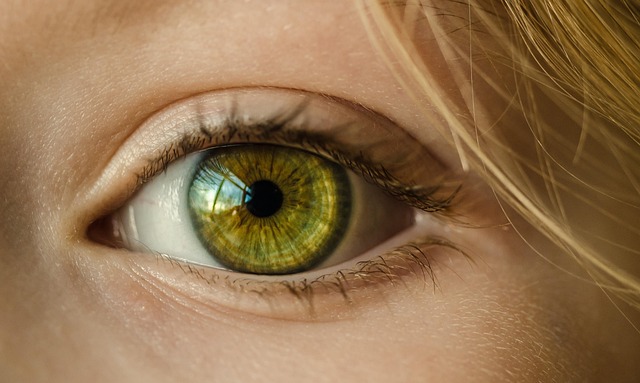Exploring Texture: A Painting Primer
When we think of painting, the first elements that come to mind are often color, form, and composition. However, there is another powerful dimension that plays a crucial role in how we perceive art: texture. Texture adds depth, character, and emotion to a painting, transforming a simple canvas into a rich, tactile experience that resonates with viewers.
The Essence of Texture
Texture can be defined as the surface quality of a painting, which can be either physical or visual. Physical texture is what you can feel with your fingers, while visual texture is what your eyes perceive. A painting can have smooth, slick areas created with a palette knife or brush, contrasting with rough, impasto sections that invite a closer look.
Creating Texture in Your Work
As artists, understanding how to manipulate texture can elevate our artwork. Here are some techniques to explore:
- Impasto: This technique involves applying thick layers of paint directly onto the canvas, creating a three-dimensional effect. Artists like Vincent van Gogh mastered this style, allowing the viewer to experience the energy and emotion behind each brushstroke.
- Glazing: Apply thin, transparent layers of paint over a dry base coat to create depth and luminosity. This method can produce a subtle texture, allowing underlying colors to influence the final appearance.
- Scumbling: Lightly dragging a dry brush loaded with paint across a dry, painted surface creates a soft texture that adds complexity without overwhelming the viewer.
The Emotional Impact of Texture
Texture is not just a visual or physical quality; it evokes emotions and connections. A rough, rugged texture may convey turmoil or struggle, while a smooth, glossy surface might suggest serenity and calm. When we incorporate different textures into our artwork, we invite the audience to engage more deeply, fostering an emotional response that resonates on a personal level.
Think about how you can use texture to convey a story or an emotion in your work. Whether you’re manipulating the paint itself or employing mixed media elements like fabric or sand, the possibilities are endless. Experimentation is key; allow yourself to play with different materials and techniques to discover what textures speak to you and your artistic vision.
Finding Inspiration in Texture
Look around you for inspiration. Nature is an abundant source of texture; from the rough bark of trees to the delicate softness of flower petals, each element tells a story through its surface. Seek out textures in everyday objects—try touching them, observing the light and shadow they create, and consider how these observations can inform your painting practice.
Even in the world of digital painting, the concept of texture remains vital. Digital artists can use various brushes and effects to mimic traditional techniques, adding depth and richness to their work. No matter your medium, understanding and applying texture can take your art to new heights.



